An Interview with Neto Macedo on Analogue Photography
2 21 Share TweetFor 10 years, Neto Macedo is a photographer who likes to challenge himself. Having worked on photojournalism and advertising, most of the time he refers to himself as an analogue portrait photographer, Macedo is also a photography teacher, and part of his advocacy is the beauty of the analogue medium. By holding courses and workshops, Macedo has dedicated a career of not only making photographs but also molding photographers.
We have been honored to interview Neto through a very detailed conversation about film photography and his career.

Hi Neto! Welcome to Lomography Magazine! Firstly, how's life in the analogue grind so far?
It took some time to set up a workflow where it doesn't take a long time to see my pictures. From developing and brewing my own chemicals at home to scanning faster, now I can say: I almost don't see any difference from the time I used to shoot digital. I can do a session at the end of the morning and have my images ready at the end of the afternoon. My analog life is great!
You usually work with medium format and sometimes large format film cameras. What made you shift from the usual?
I bought my first analog camera when after some study I decided medium format would be the best equipment to do my portraits. The shallow depth of field bigger sensors offer was what caught my eye at first. Since I couldn't afford a digital medium format camera I settled up with buying an old Mamiya 645 PRO. It was love at first sight and using it I saw the best for me would be the greatest portability possible, with the biggest sensor possible. I was between a Hasselblad 500c and a Pentax 6x7 and finally decided for the Pentax, cause the flash speed sync wasn't important for me and the Pentax seemed most like the regular SLR's I was used to working with.
I tried large format for some time and it was really great, but sadly it is not financially viable to me at the moment. Sheet film is VERY expensive in Brazil, and very hard to find. I'm sticking with medium format for the time being, leaving large format for when I have a specific and big project in mind.
Film photography focuses more on the process of making an image. When it comes to portraiture, how does using film make your 'work' better?
There is no way to check images in-camera after you click when you shoot film. Analogue cameras have no screens, of course. They make us stop the bad habit of obsessively reviewing photos throughout an entire shooting. The only screen you’ll be checking is the viewfinder and what is displayed inside it: the image you are in search of, not images you already found and are stored in the camera. These images are past and they are not important anymore. The important stuff is right in front of you and it is the only thing you should be checking.
Having a screen also creates a lot of tension with the people you photograph since they have the possibility (and expectations) of seeing how they performed during the shoot. No tension is created if you have no screen. People just focus on participating in the process of image making. I shoot portraits, that's why I don't feel like I work alone. I need people I photograph to work and focus along with me, so we can produce the best results.
The camera is perceived by me as a bridge that takes you to the future, never to the past, at least while shooting. With digital cameras people tend to get immersed in the screen browsing pictures and, before they realize it, they just lost contact with the world around.

Film and instant photography became popular again. Do you think this was because of mere nostalgia or there's more of a specific reason behind it?
I'm not that "I hate digital" person. I think it is amazing we have nowadays this amount of tools available for helping us create better imagery. Digital is an excellent way of learning the basics, for instance, without spending rivers of money. You can shoot and see immediately if you did right or wrong and that is why we have so many young and excellent photographers nowadays. People don't need to wait for lab results to check images. The sharpness digital images have nowadays straight out of the camera is amazing. If you have ever been involved in scanning and/or enlarging negatives you know what I am talking about.
Analog is not about the equipment and the quality itself. It comes along with another kind of process of thinking images and it helps greatly you see things from another perspective. I think people are always seeking for new ways of creating their stuff, it just happens that analog is the most suitable to some of those people and, now everybody has had time to see if digital wasn't or not fit for them, people are coming back (or discovering) film back again.
May you share with us some portrait photography techniques of your own?
This not really a technique but more of a way of thinking. When you photograph people you gotta have in mind that they are not going to respond to your commands like a robot would. People have expectations about stuff that is related to them, and a portrait is one of those things. The act of doing a portrait is the art of manage these expectations. It is difficult to put this kind of technique into rules that people can reproduce in any context since the contexts always differ a lot. No one reacts equally and you need to be able to read people and do stuff that makes them react as you want so you can register these reactions.
I guess the most important "technique" for portraits would be: think that everything you do will generate a reaction. So doing a portrait is not only about the camera, is a process that includes every movement you do and every word you say while shooting. If you want to portray someone and create a sad, romantic, intimist scene, don't be that loud, laughing, effusive guy. If you want the people you portray to be energetic, jumping, smiling, be also that person that is energetic, and jumps, and smiles. Create the ambient with the feeling you need and your models will automatically be part of that ambient.
Do you look up to any 'analogue or film' photographers, whether from the past or now? Why?
The first time I realized I needed to visualize and plan what I would shoot before pressing the button, was when I started to read about Robert Capa (big Capa fan here). I saw how many great images he was able to do in such a short living and that got me thinking: how was it possible I couldn't like at least 10 pictures from a 2000 pictures session. Reading about Capa, and later about many other photographers that lived in an era where digital didn't exist, I realized they were able to create great pictures because they thought before they pressed the shutter. I think that was the first big insight I had about the art of photography. If you click a lot, you miss stuff. If you try to click only what matters, you get more quality images at the end. The first time I tested it I ended up the session with 80 images in my old Canon T2i SD card, compared to the thousands I was used to have per session.
The photographers that most inspire have the majority or at least a big part of their work made in film, even using digital today. People like Sebastião Salgado, Chichico Alkmin, Bob Wolfenson, J.R. Duran, Helmut Newton, and many others are the ones that inspire me most, speaking of portrait photography.
Describe to us -- what's a day in the life of Neto Macedo?
It's not really that different from anyone. I live in a small town in the interior of Minas Gerais State, in Brazil. In the last 5 years, I have been traveling a lot, offering workshops around my country. That means during the weekends I'm normally at home, which is very near nature, doing my lab work or cycling, and in the weekends I travel to other cities to realize my workshops or photograph.
The thing that soothes me most and really makes me happy and calm is to be at home brewing my chemicals, developing my negatives and scanning. Normally i do it at night drinking wine, so it's almost like a guy that loves to cook every night, being different only the fact that i "cook" stuff I can only eat with the eyes and mind. Does it make any sense to you? The lab part of the process is really a time alone with yourself to think about life and everything.
You stated in an article that one of your goals is to encourage more photographers to shoot film. May you share with us some ways of how you can fulfill this goal?
I've been working as a photography professor for 7 years now and have never left to mention and explain analog photography processes to the students. Even not being mandatory anymore by the university discipline plans, I always do lab classes with all the students. I'm pretty sure analog won't be big like it was anymore, but by using it and intentionally always telling people I'm using film, I hope everyone sees it is still alive, and I hope other young digital-born photographers see my work and maybe of think of giving the film a try once.
Lomography is a very important player today when it comes to helping keeping film alive. I think what you do is amazing. Providing the world with simple options of cameras and film emulsions give people a chance to try film and see if it is good or not for the work they're trying to do. The philosophy involved in Lomography is almost just as I said before, people can give it a try on how it is to be only searching for images, never looking back at past images in a screen.
What do you usually do during your downtime? Any on-going project, or other plans in the future?
I'm going to Denmark this April (2018) until July (probably), so my routine will change a little in the next months, I guess. After that (probably from July to October), I'll be in Georgia (not the US state, the Caucasus country). If you (the reader) are in any of those places at that time, get in touch! I'd love to meet fellow analog photographers, burn some film and chat.
For more of Neto Macedo's works, visit his website) and Instagram. You may also read his works in his blog.
2018-04-22 #Gens #analogue-photography #neto-macedo




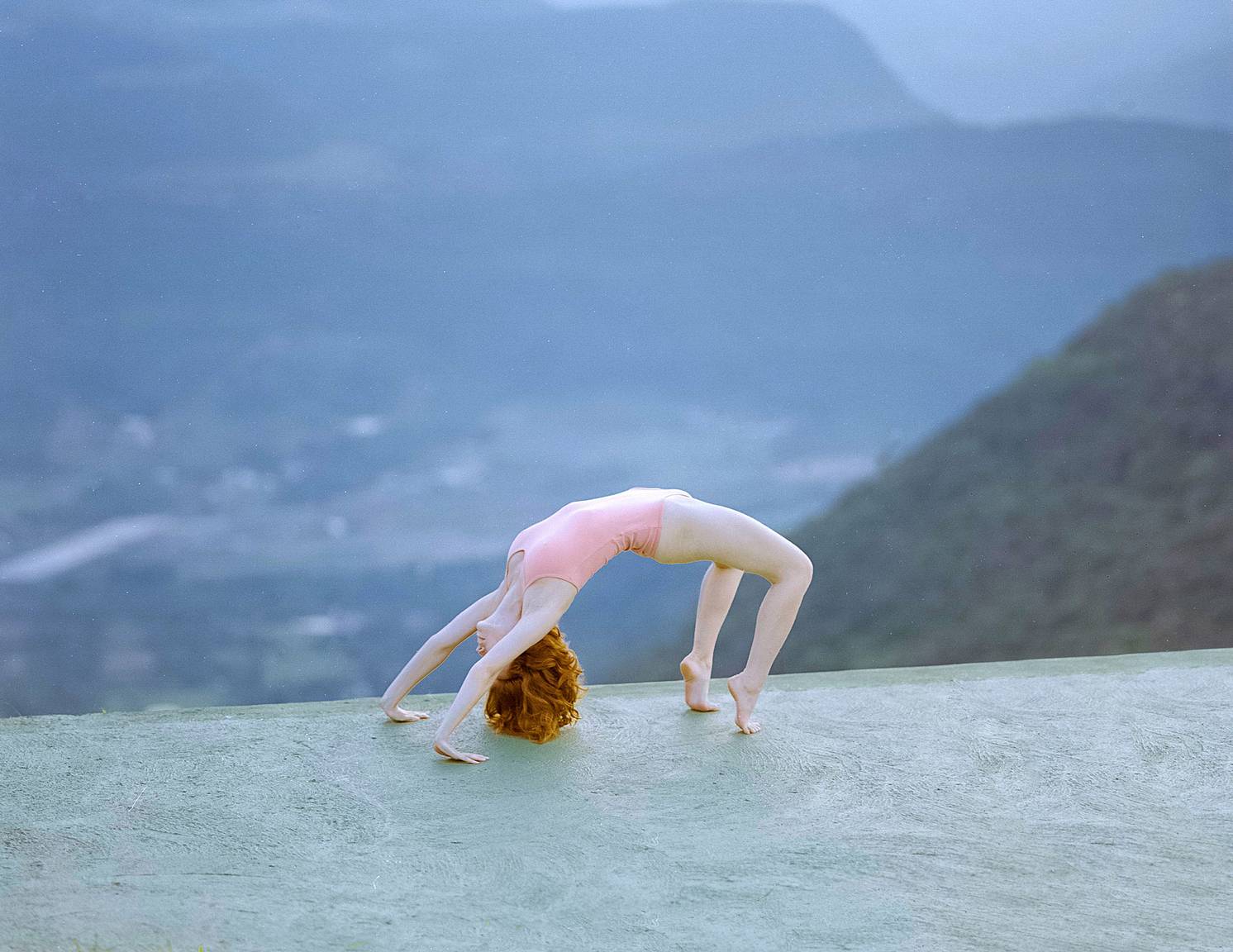














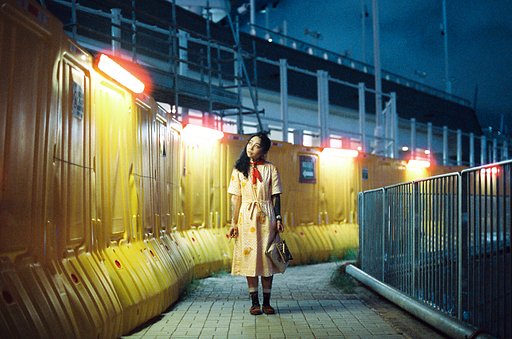

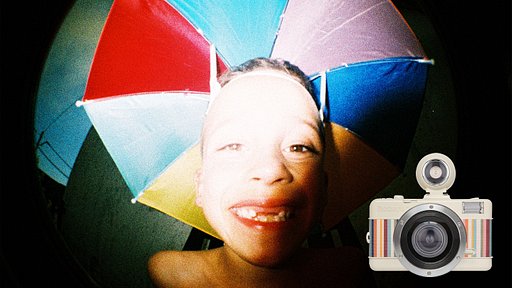
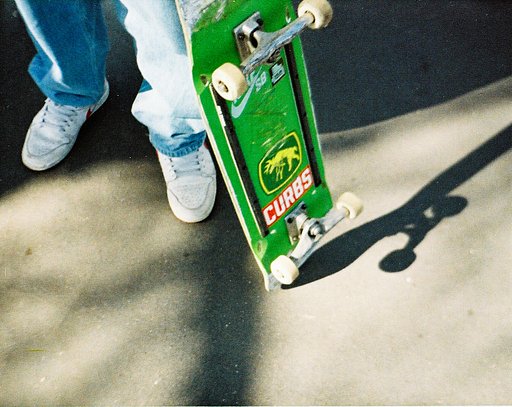



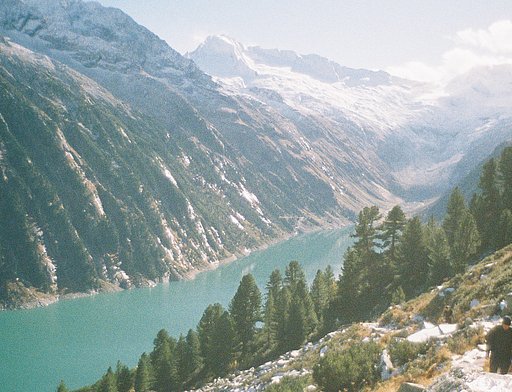




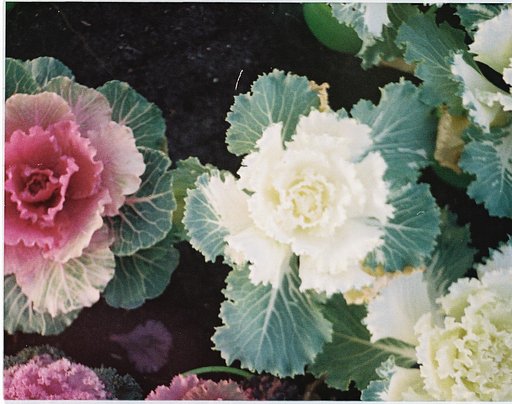
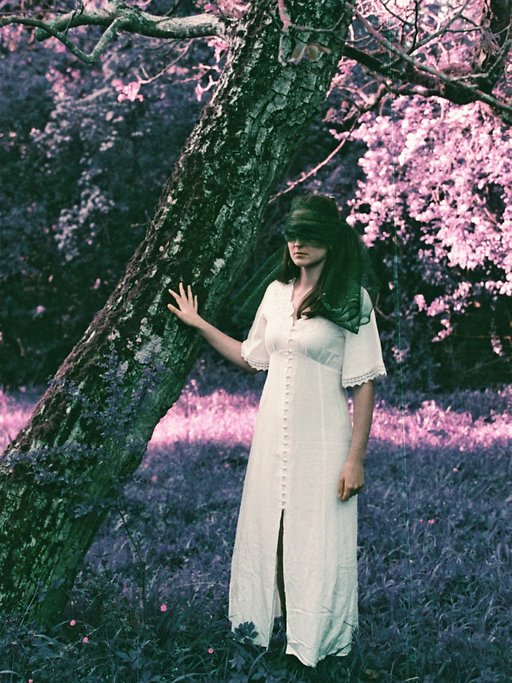
2 commentaires